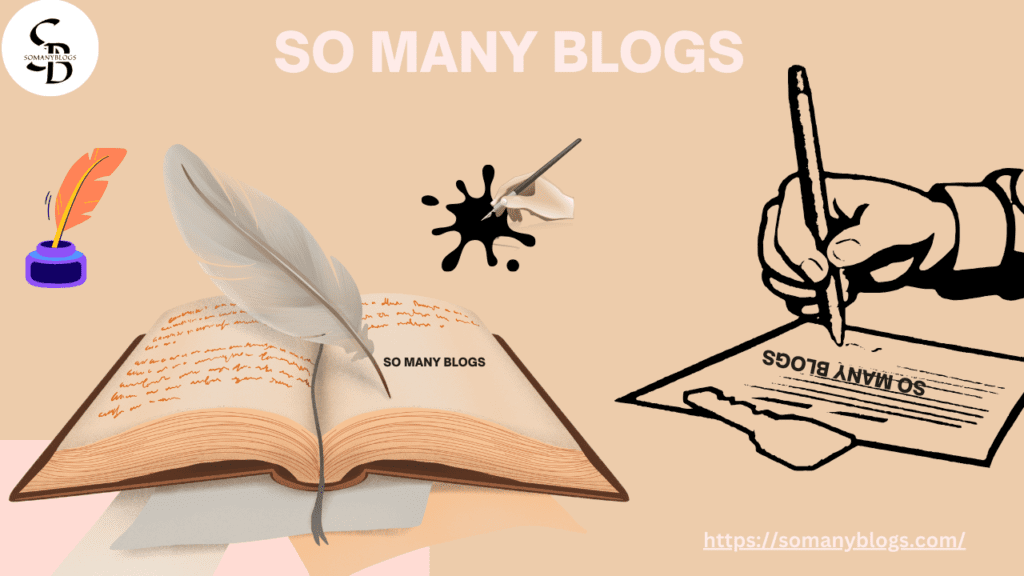
SHAYARI
The Art of Shayari: A Deep Introduction to the World of Poetic Expression
Shayari, the expressive art of poetry, holds a special place in the hearts of millions of people. Rooted in the traditions of the Urdu language, Shayari is a poet who transcends languages, cultures and borders with a sense of complexity. Writing about love, heart, the beauty of life, and philosophy, Shayari encapsulates the emotions of all human beings in a single theme. So Many Blogs will discuss Shayari’s background, her background, her historical significance, and how she places herself in this poetic world.
What is Shayari?
Shayari is a form of Urdu poetry that allows the poet to convey deep feelings and thoughts through a few carefully chosen words. It is known for the beauty of her poetry and the way she captures complex emotions succinctly and beautifully. Shayari isn’t about love, sadness, happiness, patriotism, spirituality, or just life. Traditionally, the voice of Shayari is held aloud, usually at a gathering called “Mushaira”, where poets share their work and share it with their audience.
Historical Roots of Shayari
Shayari has a rich history dating back to the 13th century. It emerged from Persian and Arabic literary traditions and, over time, was influenced by Indian culture, especially in the courts of the Mughal emperors. Poets like Mirza Ghalib, Allama Iqbal, and Faiz Ahmad Faiz played an important role in the development of Shayari and became an integral part of South Asian culture.
The classical form of shayari is closely related to the Ghazal, a poetic form composed of rhyming couplets and refrains, each line being characterized by a particular meter. These couplets, known as “Sher,” are designed to convey a common thought and feeling, but when connected together create a broader meaning or thematic structure.
Types of Shayari
Shayari comes in a variety of forms, each with its own unique structure and focus on topics. Understanding these patterns can enhance the appreciation of this art form.
Ghazal: But the poetry of Shayari and the poetry of the poems (Sher) are different from those of the poets. the words of the prophet are different from the words of the prophet. The first couplet, called “Matla,” sets up the rhyme scheme and the refrain, which is then repeated in each of the second stanzas.
Nazm: A Nazm is a form of Shayari and follows the rules of rhyme and meter found in Ghazals. It is a poem that usually tells a story and explores a specific theme in detail.
Ruba’i: Ruba’i is a four-line poem with a specific rhyme scheme (AABA). It is brief and often presented as a philosophical or reflective view.
Qasida: During the traditional Shayari, a Qasida usually praises the patron or describes an event in detail and ornamentation. It’s like an ode to a northern poem.
Marsiya: The Marsiya is a traditional song often associated with the events of Karbala and is deeply rooted in Shia tradition. It’s often one of the most popular gatherings during the month of Mucarram.
Sher: The couplet in the Sher Ghazal is also used more widely than the standalone verse containing the same thoughts and feelings.
Shayari Topics
Shayari covers a wide range of themes, each of which touches on a different aspect of the human experience.
Love and Love: Love is one of the most common themes in Shayari, dealing with both pleasure and pain. Love Shayari often poetically expresses the beauty, desire and beauty of love.
Heartbreak and sorrow: As a celebration of love, heartbreak and sorrow are also major themes in Shayari. These poems describe the pain of separation, the grief that comes with unrequited love and loss.
Philosophy and Reflection: Many of the poems in Shayari’s poetry deal with life’s insights, philosophical questions, time, and the law. These verses often leave a lasting impact and encourage readers to think about their lives.
Patriotism and Social Issues: Shayari also plays an important role in expressing patriotism and tackling social issues. Poets have used it to inspire change, criticize injustice, and celebrate their love for their country.
Spirituality and Religion: Spiritual Shayari often explores the relationship between the individual and religion. These poems express a longing for spiritual enlightenment and communion with the world.
How do you appreciate Shayari
Observing Shayari requires more than reading words;
These include understanding emotions, cultural context, and linguistic awareness. Here are some tips to improve your appreciation for this poetic art form:
Start with simple topics: Start with topics that are close to your heart, such as love, nature or personal reflections. Writing about what you know and feel strongly about will make you more poetic and authentic.
Use of structure: While traditional forms like ghazals and nazams have specific structures, don’t be afraid to experiment. Play with rhyme scheme, meter, and line length to find your unique voice.
Use of images and metaphors: Shayari often uses vivid images and metaphors to convey emotions. Think of creative ways to express yourself through symbolic language.
Regular Practice: Like any art form, writing poetry improves with practice. Take time each day to write, even if it’s just a few lines.
Share your work: Sharing your shayari with others can be a rewarding experience. Whether it’s in a mushaira or online, feedback from others can help you grow as a poet.

